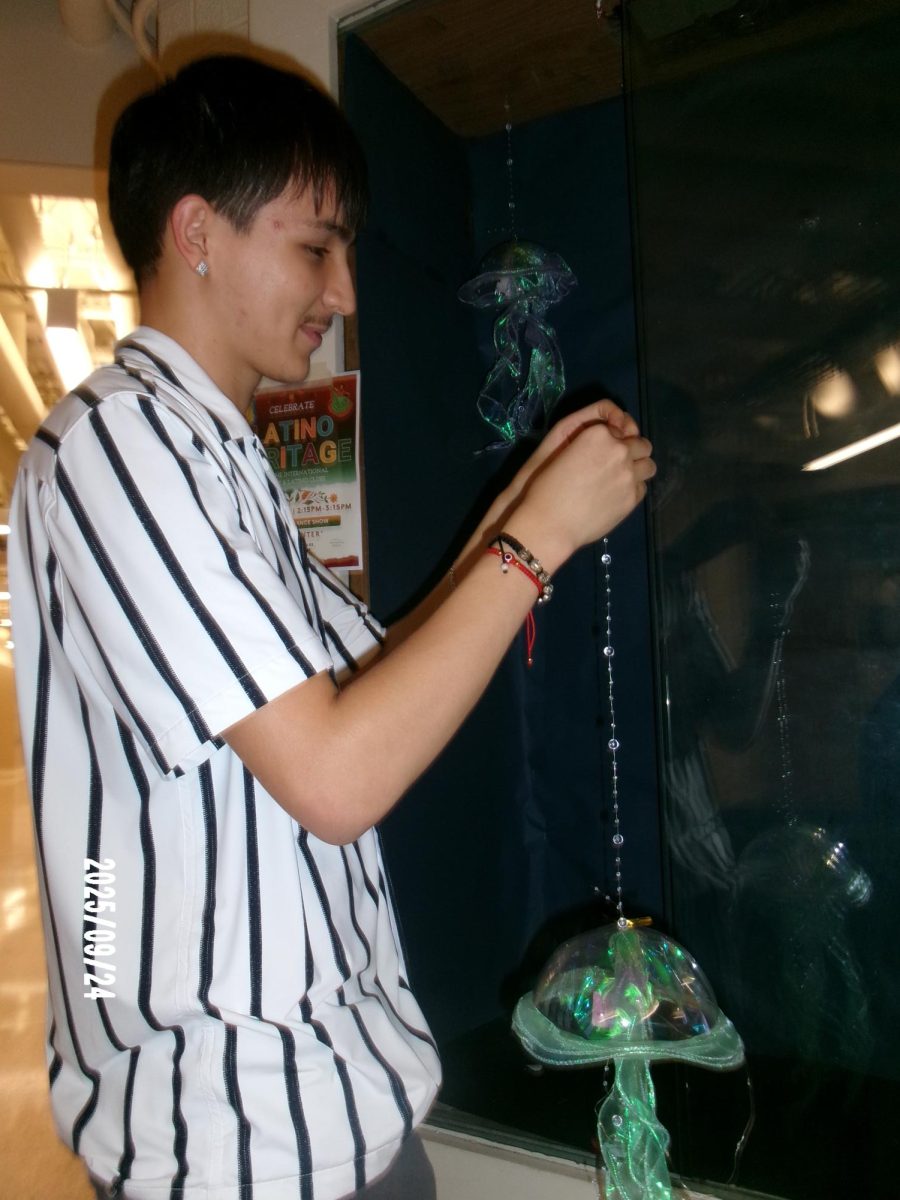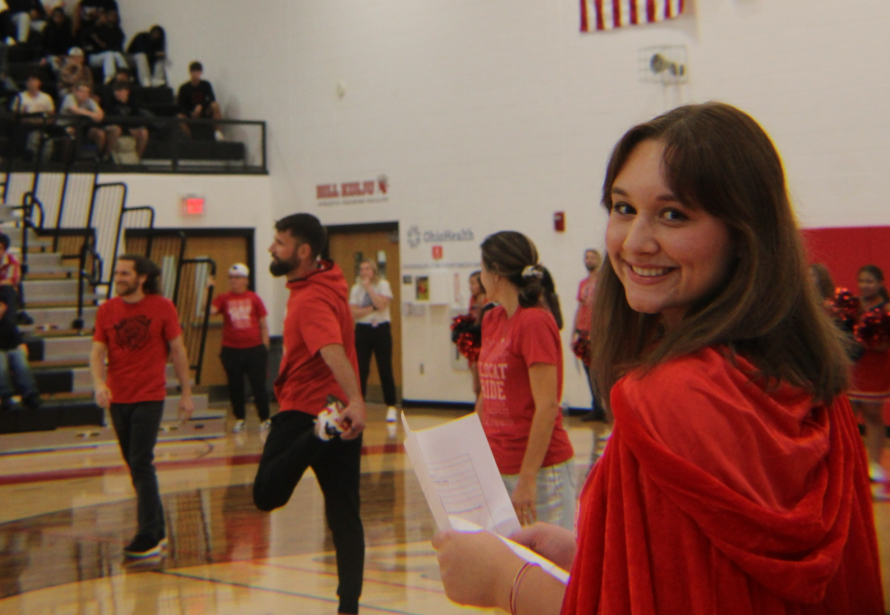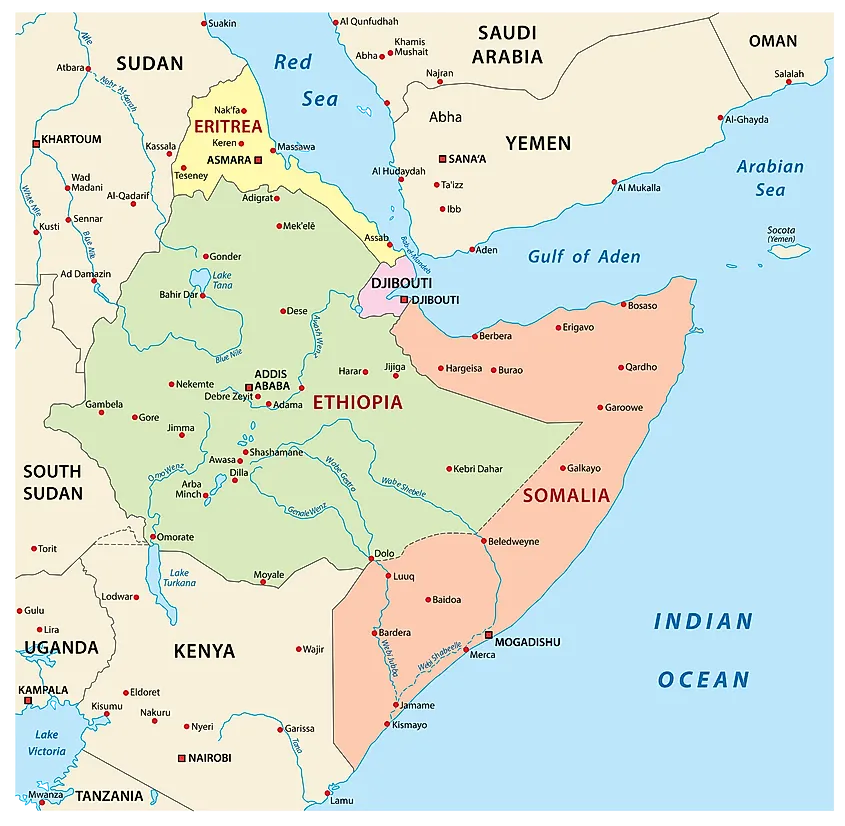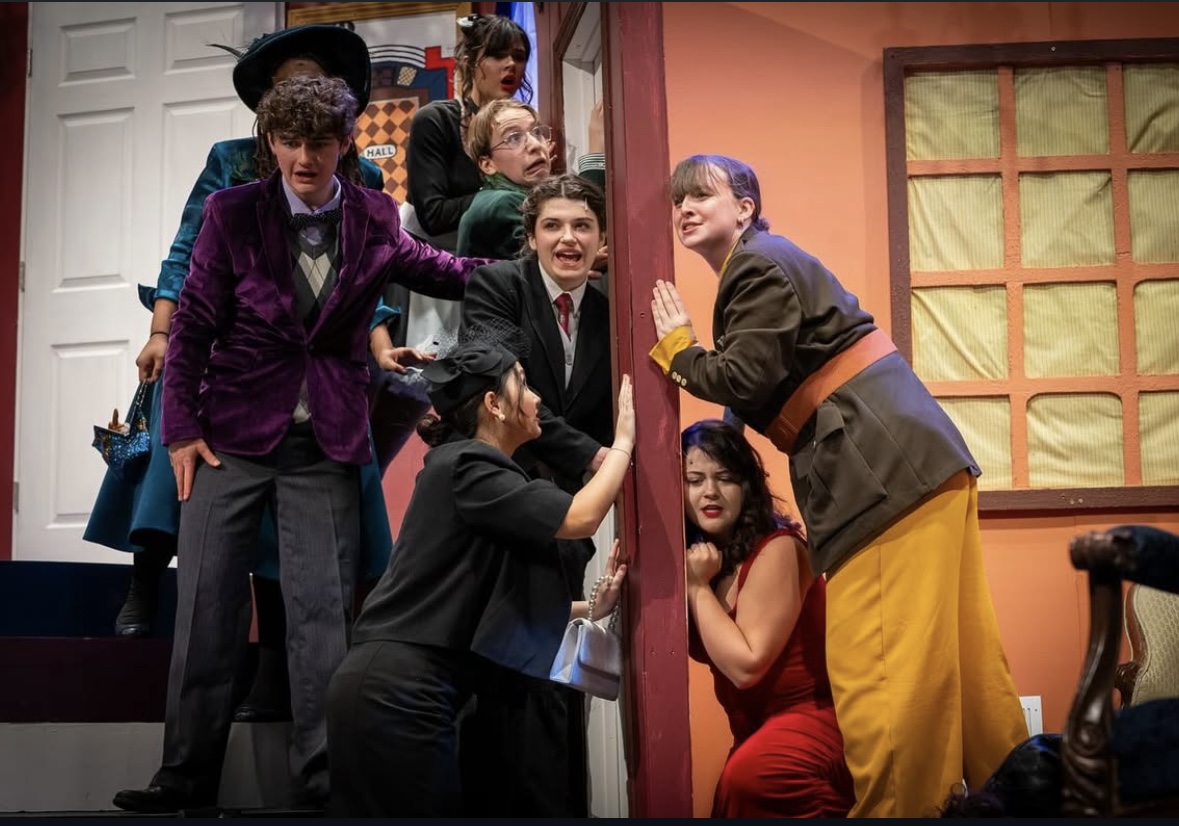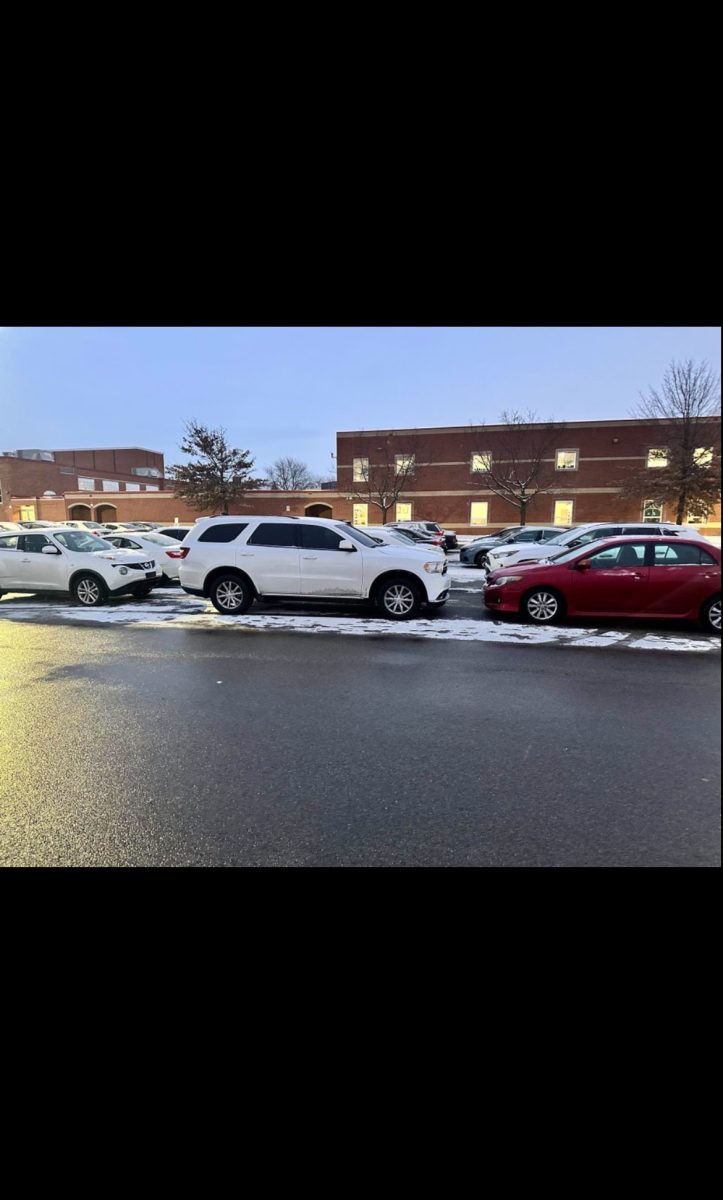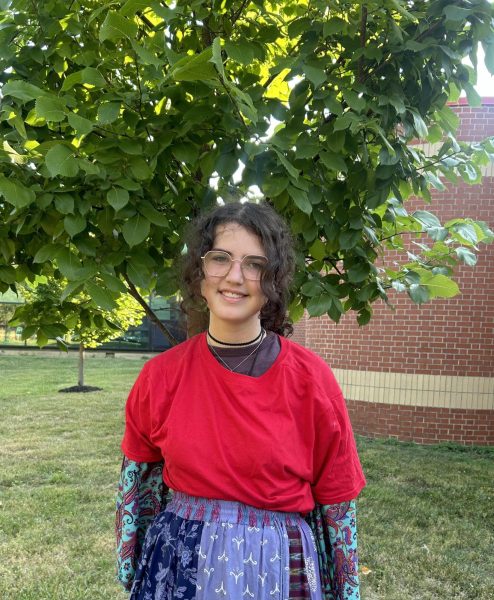In 1964, Randy Wicker organized a protest outside a U.S Army building in Manhattan, making this the first public protest for gay rights in America. Just five years later, the historic Stonewall Riots took place in New York in response to the raiding of the Stonewall Inn, a popular gay bar.
This was followed by protests around the AIDS epidemic of the 1980s and then the Laramie protests in 1998 after the torture and murder of Mathew Sheperd, an openly queer teenager.
Now on April 11, students from around the country came together in protest again for the annual Day of (No) Silence, a silent protest against bullying and discrimination of LGBTQ+ youth.
Started at a Virginian college in 1996 by two college students, Maria Pulzetti and Jessie Gilliam, The Day of Silence was a form of peaceful protest that caught on and eventually was sponsored and supported by the Gay, Lesbian, and Straight Education Network (GLSEN). As of now, Day of Silence is held every year on the second Friday of April.
Throughout history people from the LGBTQ+ community have been discriminated and persecuted against due to their sexual orientation or gender identity.
It was only 2003 that homosexual activity was decriminalized nationwide and 2016 when same-sex couples were allowed to marry legally. Society has become more accepting over the years with National Coming Out day in October and Pride month in June.
With that being said, the fight against homophobia definitely isn’t a battle won by any means. Many members of the LGBTQ+ community still face discrimination daily, especially in the recent political climate of the U.S.
In 2024, the name was switched to the Day of (No) Silence by the GLSEN, who said they did it “in opposition to the current attempted erasure of LGBTQ+ people, especially transgender and nonbinary people, from public life”.
Students at Westerville South care about these issues and want to make their beliefs vocal or, more accurately, unvocal. Parker Bowling, a junior participating this year, stated “I am participating due to the hardships that LGBT students, but specifically transgender students are facing.”
But it’s not just people in the Queer community that are participating in this annual protest. Many people who support the LGBTQ+ community and allies are taking a day of silence to support their friends and peers.
“I’m participating in order to support my many friends who are a part of this community,” sophomore Isaac Guerrero said.
Just like there is power in noise, there is also power in silence. The first silent protest took place on July 28, 1917, organized by African Americans in defiance of police brutality. It is now seen as peaceful protest, falling under the same umbrella as boycotts, sit-ins or teach-ins, and marches.
This is the ideology and form that has been chosen for this protest and the interpretation of it is different to everyone. According to Raymond Miller, a sophomore at South, “Silence has power; it’s to me a symbol of rebellion. It tells everyone that Queer people are being silenced; we’re just showing them literally.”
Bowling gave another interpretation, stating, “The power of silence is showing people what it would be like without us. How there’s more of us than you realize. It’s not important whether you choose the Silence or the (No) Silence. Because either way you’re advocating”



